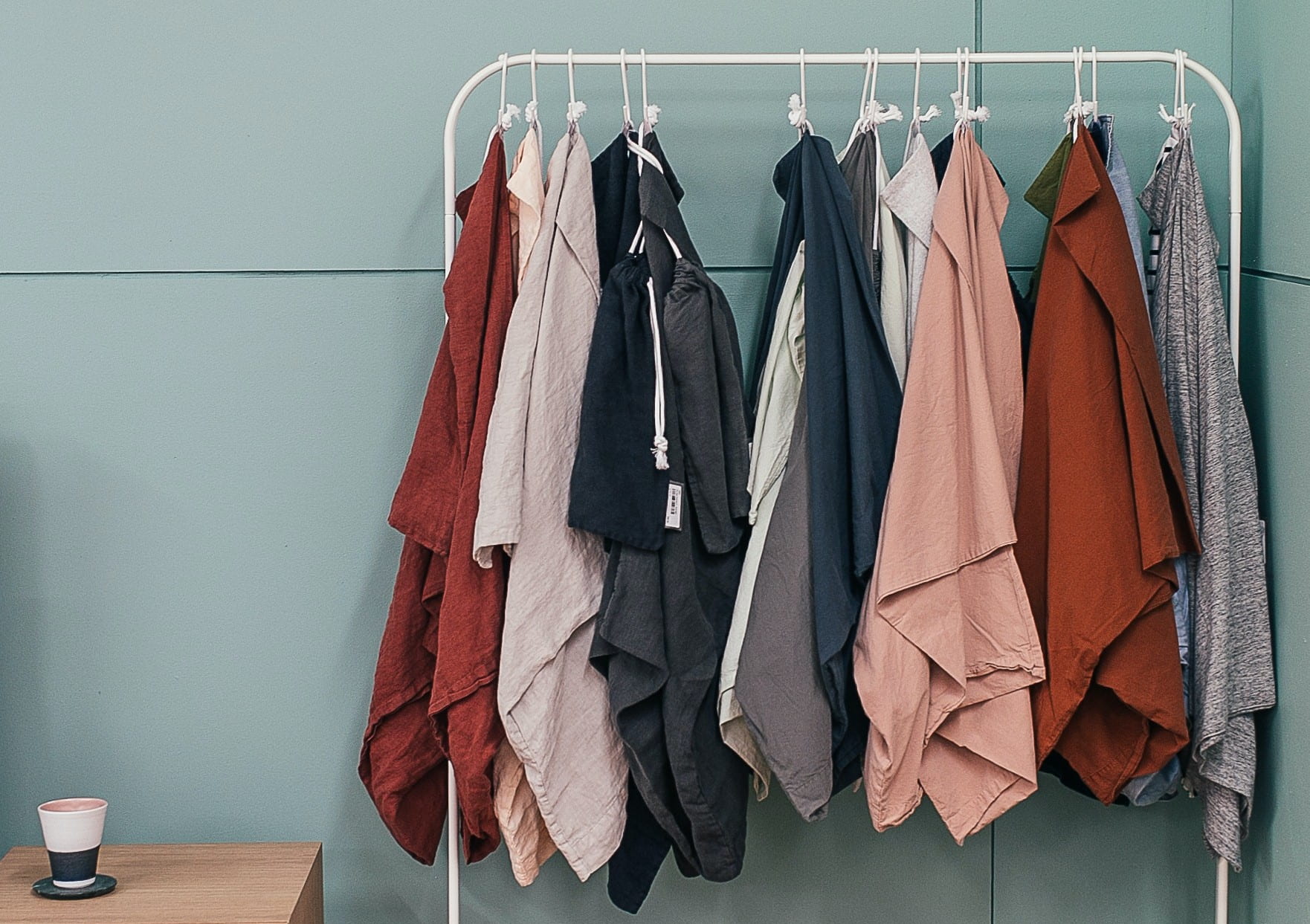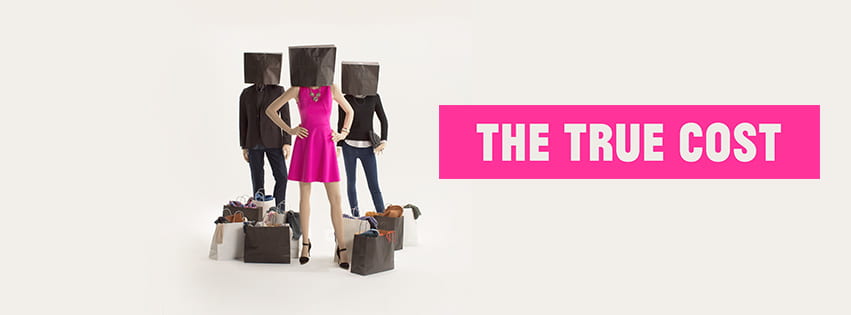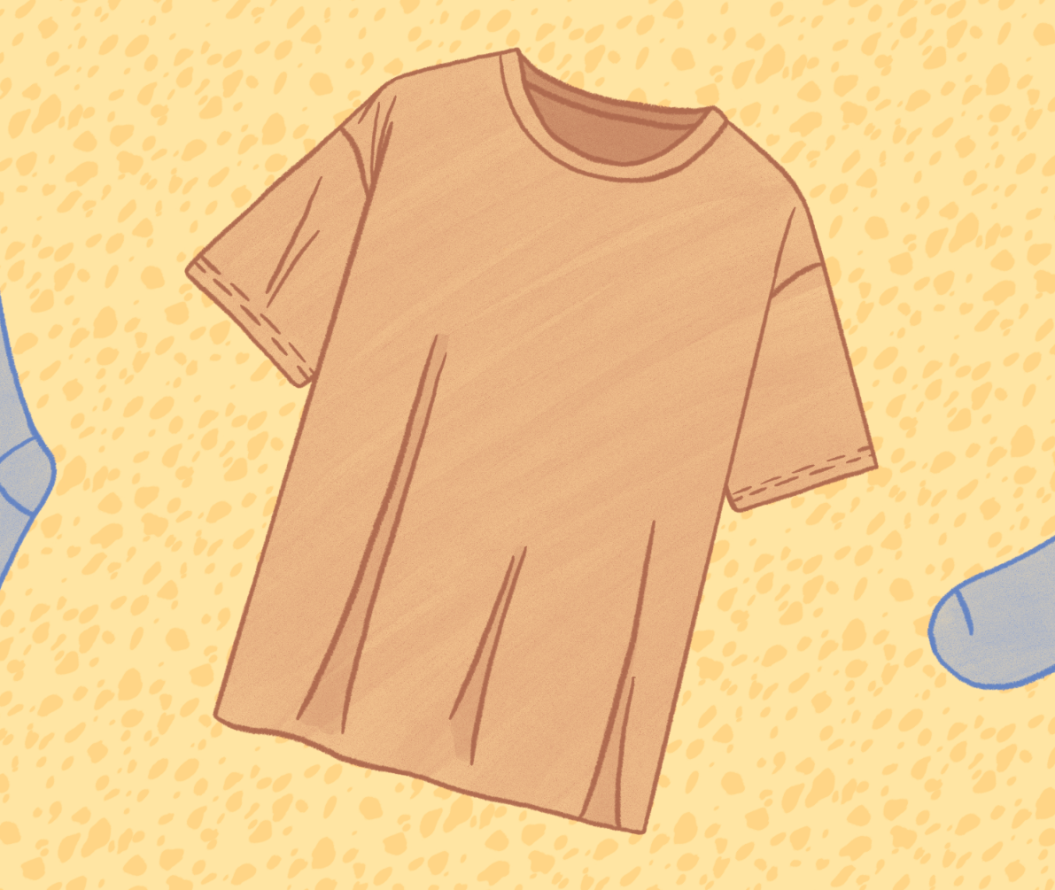Hi! I'm Zuzanna, an unapologetic feminist doing her MA degree in Gender Studies, and a member of Feminist Society here at UoL. I love forcing people to taste my Polish cuisine endeavours - love it, even more, when they actually…

Ethical wardrobe: how to dress in a fair-trade style
February 22, 2021,
read.
This article is more than 3 years old
Let’s be honest. We all do it. Our closets gain in capacity each week, welcoming yet another pair of jeans every month. We buy more and more because it’s cheap, easy and convenient. Or is it?
- In the UK over two tonnes of clothes are bought every single minute.
- If as a country, we were to line up clothes that have been bought and never worn, we would get 18 000 miles worth of fabrics.
- The fast fashion industry is responsible for 20% of global water waste and 10% of global carbon emission.
It is time to look at those statistics as something more than just numbers. We should think about them as a warning and an urgent call for action.

‘The True Cost’
This movie created by Andrew Morgan is an amazing visualisation of a real cost of the fast fashion industry we all pay. It is easy to forget that a journey of a t-shirt does not begin on a store’s rack. It starts with cotton fields, with farmers often pressured to use chemicals and pesticides that harshly influence their health and local ecosystems. It starts with garment workers, working in brutal conditions for way less than a minimum wage – often risking their lives to support their families. And that is just the tip of an iceberg fast fashion industry is responsible for. (To watch the movie, visit here).
Getting closer and closer to the environmental doomsdate of 2030, we have to radically change our fashion habits to have any future at all. Thankfully, the ethical clothing brands are taking over the internet, making it easier for us to begin mindful and fair-trade purchases.
First steps towards ethical shopping
- As with everything, good research is the way to go. There are many brands out there that really care about our environment and long-lasting fashion. Visit their website, read about their ethics, goals and projects, and decide if their vision agrees with your ethical beliefs.
- Pay attention to labels: See what materials their garments are made from; synthetic fabrics such as polyester or nylon can take up to 200 years to decompose. Look for brands that use organic materials or/and recycled fabrics. Find out where the clothes are made as well. If the label says China or Bangladesh, make sure that the brand respects its workers’ rights, pays them a living wage and takes care of their safety.
- Second-hand/Vintage/Independent: Who said that to be ‘in fashion’ you have to buy brand new clothes? Switching from fast fashion to second-hand or vintage shops guarantees a variety of pieces that are a) one of a kind and b) long-lasting and worth a second life! You can also explore sites like Etsy where lots of independent creators make beautiful garments with care for our planet in mind.
- A fair price: It is true that ethical brands’ prices are often higher than bargains in Primark or on ASOS (especially for students living on a constant budget). But what we forget is that it is not only an item we pay for. The price constitutes of a) sustainable materials that can last a lifetime, b) timeless and universal clothing style, c) garment workers’ fair wage and d) marketing spreading awareness about ethical fashion. When all of that is taken into consideration, isn’t it actually a fair price to pay?
I hope that now you are aware of a challenge we stand before. Even if you are not ready to revolutionise your shopping habits completely, you can start small: by buying less with thoughtfulness.
Examples of ethical brands: Lucy & Yak, People Tree, Komodo, Olive & Mayamíko
- Topics
- Fashion
- Lifestyle
- Sustainability





